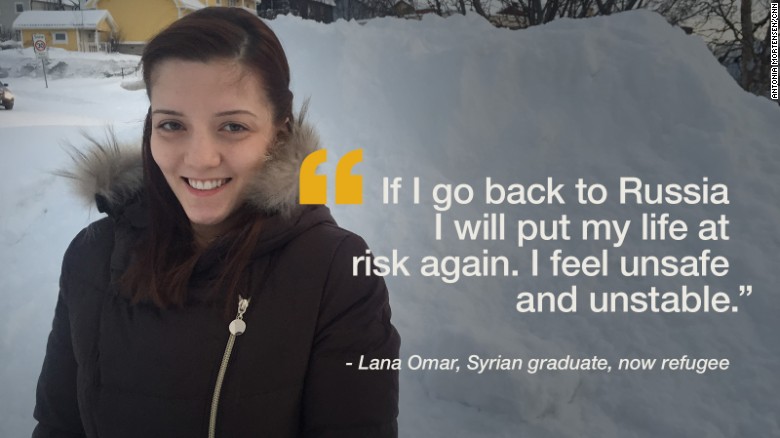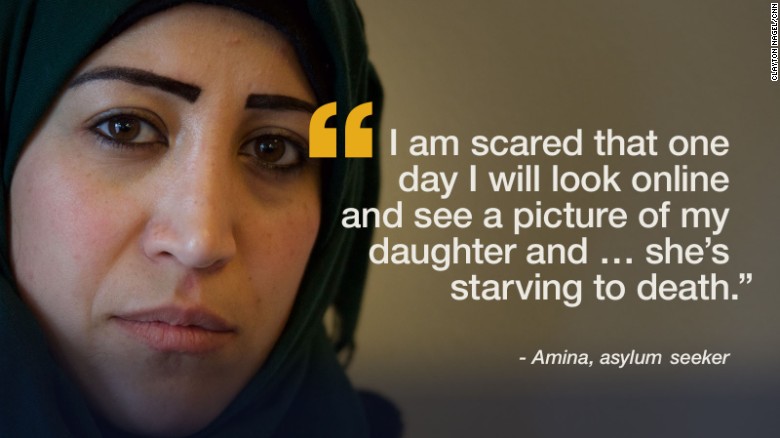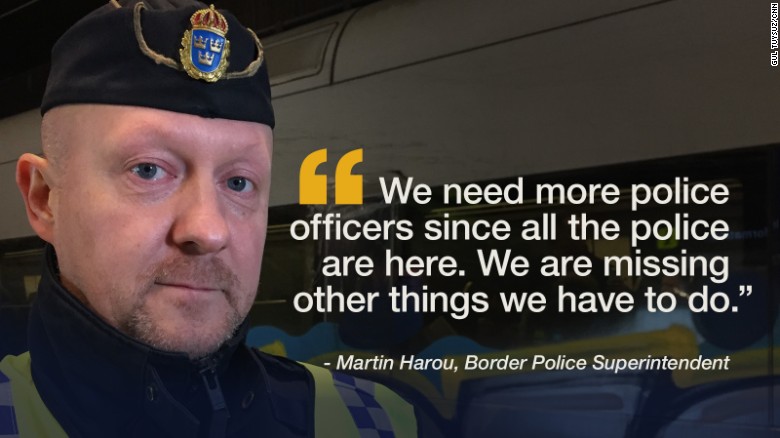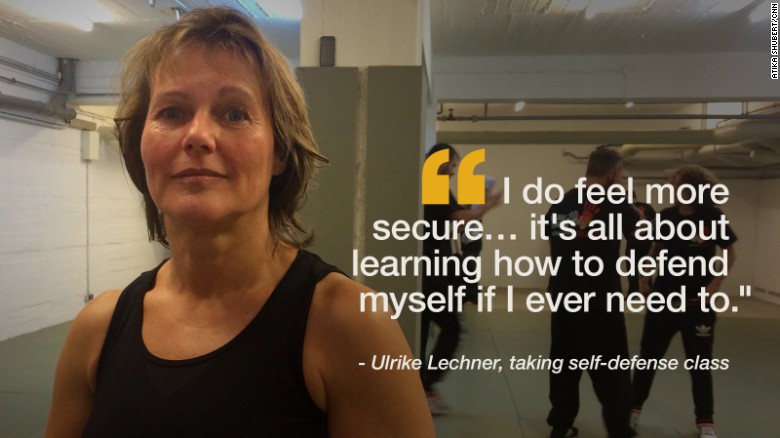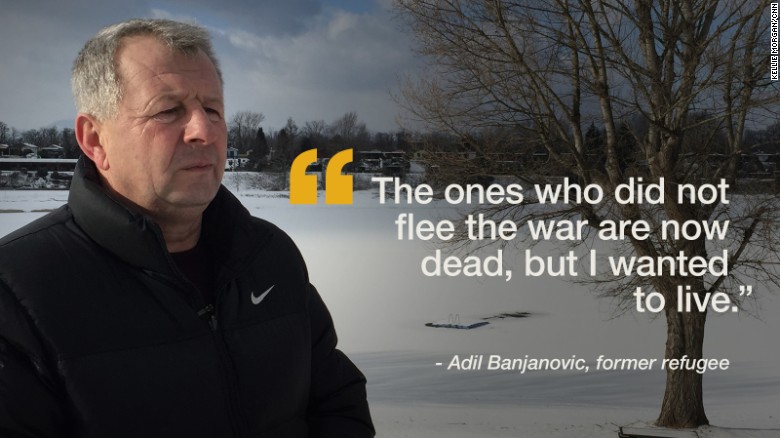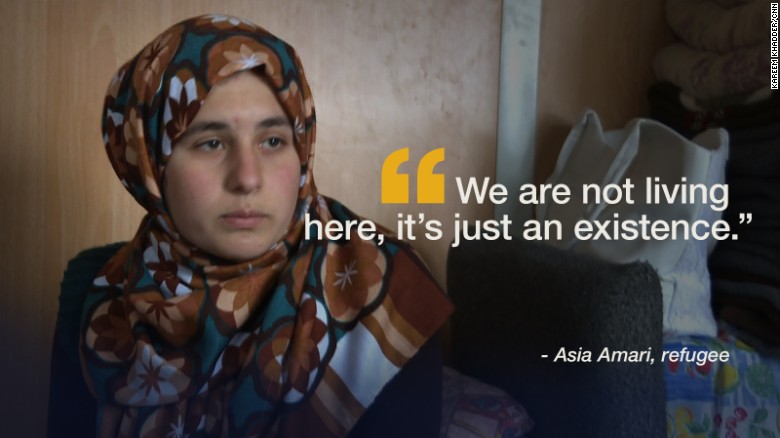Locals and migrants across Europe tell their stories
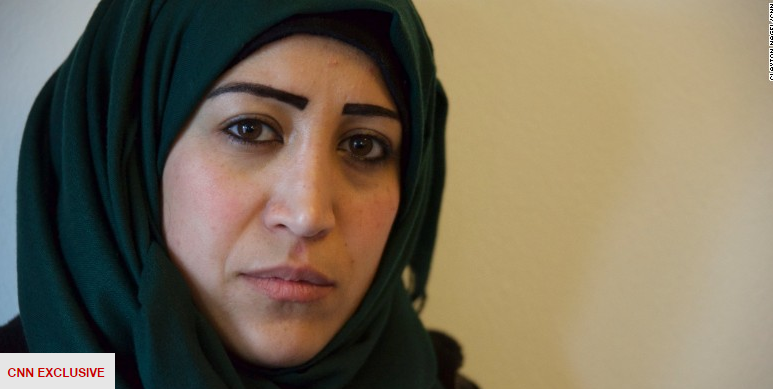
Refugees are still striving to reach Europe. Young men, families, the elderly are trekking through snow, seeking shelter and local aid or perhaps beginning to think of a new, brighter future.
But the Europe so many have reached is now fractured in its reaction — some as open and welcoming as at the height of compassion last year in the wake of the drowning of Syrian toddler Alan Kurdi, but many not. With migrants blamed for New Year's Eve harassment and rape and even now a killing, some communities and governments are taking a tougher line.
Seeking sanctuary: Kirkenes, Norway
Thousands of migrants arrived in Norway from Russia last year, cycling across the border to skirt laws that ban arrivals on foot or in vehicles. About 700 have been identified as having legal permission to be in Russia and have now been listed for deportation back across the border.
Officials set up a camp for deportees and 30 were sent back to Russia last week. That terrified Syrians Tariq and his pregnant wife Leila from Aleppo, and a geologist, Hosman, who ran from the camp to the nearest church and have not left since. They sleep in the basement and hope officials don't come for them, as the church has no legal right to protect them.
Local residents have held rallies in support of allowing the refugees to stay. But the fear of being sent to Russia looms large for those in the holding camp just outside town, where Lana Omar said she had one wish: to start a calm, peaceful life.
The backlash: Copenhagen, Denmark
Danish lawmakers voted Tuesday for legislation that would allow the seizure of valuables from asylum seekers to cover their expenses. And they also supported proposals for refugees to wait three years instead of one to apply for family members to join them in Denmark.
That measure may do more than the threat of financial penalties to deter migrants traveling to Denmark. It was supported by both the ruling Liberal Party and the right-wing Danish People's Party. And it's left migrants already in Denmark wondering about their future.
One refugee, Amina, said she'd left her husband and daughter in Syria believing Denmark offered faster family reunification. But now she must wait before she can even apply.
The strain: Malmo, Sweden
Sweden has taken in more refugees per capita than any other country in Europe. There have been many warm welcomes but now the strain is beginning to show. Some Swedes are asking if they are doing too much with an open door while other nations are building physical and legislative barriers to keep asylum seekers away.
The Swedish police issued an open letter to the government calling for 2,500 additional police officers and 1,600 extra civilian staff to make up for those taken up by policing asylum seekers and centers by 2020.
Attitudes are changing, with support for Sweden's far-right party up in recent polls, though some say not too much should be read into that. "There is still an openness of the Swedish population. Of course there are challnges in society and there always will be. We had a lot of people coming this fall," said Tobias Akerman from the Swedish Migration Agency.
The concern: Cologne, Germany
Mob sex attacks blamed on migrants against women celebrating the New Year in Cologne and other European cities have sparked fear and debate about the large numbers of newcomers. Twelve of 16 German states now report New Year's assaults similar to what happened in Cologne, and while police and officials consider their next move, some Germans are taking their own steps to feel safer.
In Cologne, Dominik Lansen teaches 10 self-defense classes a week and there is a waiting list for more.
In Berlin, the Soldier of Fortune gun store now has empty shelves and the last can of pepper spray has just been sold. "It's changed which people are coming to us," owner Pavel Sverdlov says. "Normally our clients are men between 18 and 40. But now a lot of women and older people."
The welcome: Neudorfl, Austria
This is a town that has welcomed newcomers in need for decades, from the Bosnian War to the Syrian crisis.
Adil Banjanovic sought refuge here from Bosnia 23 years ago. He says the town accepted him and his family immediately, and now he helps to protect his community by working as a lifeguard at the lake.
Mayor Dieter Posch believes his town could be an example for far greater integration of migrants across Europe. "The migrants take the first day from the community but the second day, if we make it possible, they bring to the community."
No end in sight: Zaatari Refugee Camp, Jordan
In Zaatari, it's cold and wet … again. For some Syrian families, it's their third winter here.
Abu Diaa, a former soldier fled Damascus with his wife and three children in 2012, thinking he would return in a few months. Years later, the family are still in Zaatari and their two youngest children were born in the camp. But Abu Diaa ruled out trying to get to a different life in Europe: "We escaped death, we will not go to death again."
Musa Amari also fears the dangers of a journey to Europe and the treatment migrants receive there. He hopes for resettlement by the United Nations, and his 18-year-old daughter Asia wishes for a new life in Europe or Canada. But for now, for them and the 80,000 other Syrians in the camp, this life is all there is.
Политика конфиденциальности | Правила пользования сайтом

